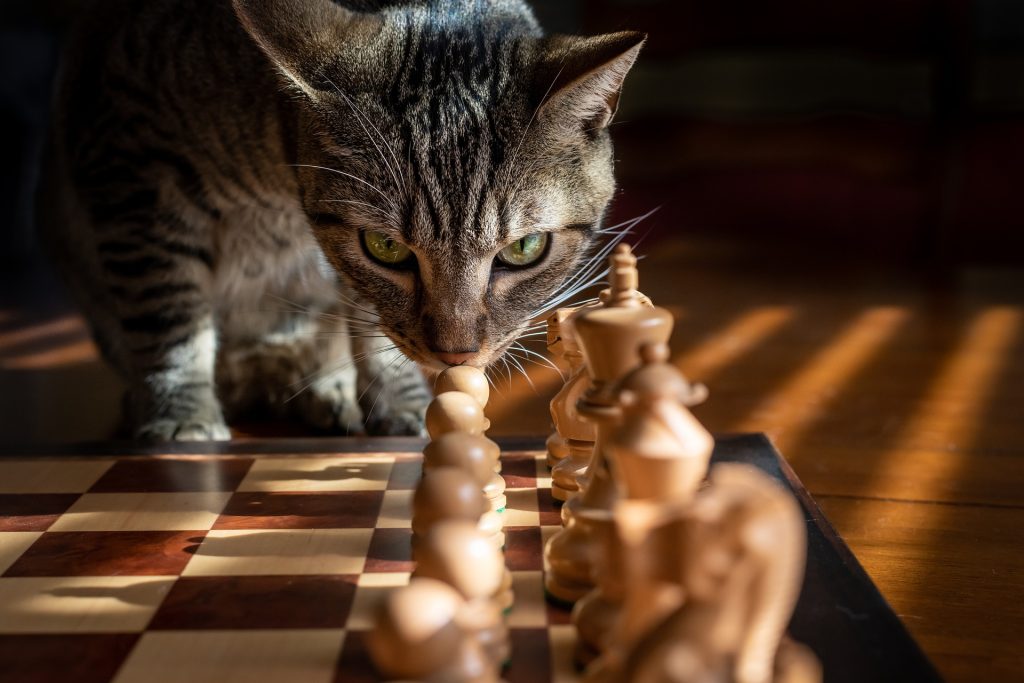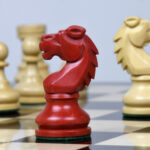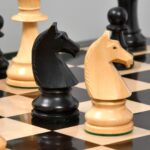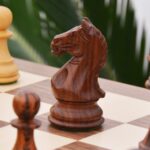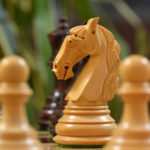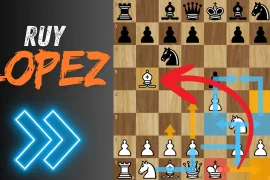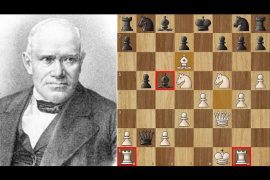Chess is an ancient and complex game of strategy that has captivated players for centuries. In order to play this game effectively, it is essential to understand the names and moves of the chess pieces. In this blog, we will provide an in-depth look at each piece, its name, and how it moves on the board. By the end of this blog, you will have a thorough understanding of the chess pieces and their roles in the game.
The Chessboard
Before we dive into the pieces themselves, let’s first take a look at the chessboard. The chessboard consists of 64 squares, arranged in an 8×8 grid. The squares are alternating in color, typically black and white, and each player starts with 16 pieces. The pieces are positioned on opposite sides of the board, with the queen on a square of her color, and the king on the remaining square.
The Pieces
The chess pieces are divided into two categories: the major pieces and the minor pieces. The major pieces are the queen and the rooks, while the minor pieces are the knights, bishops, and pawns. Let’s take a closer look at each piece and how they move on the board.
Pawn
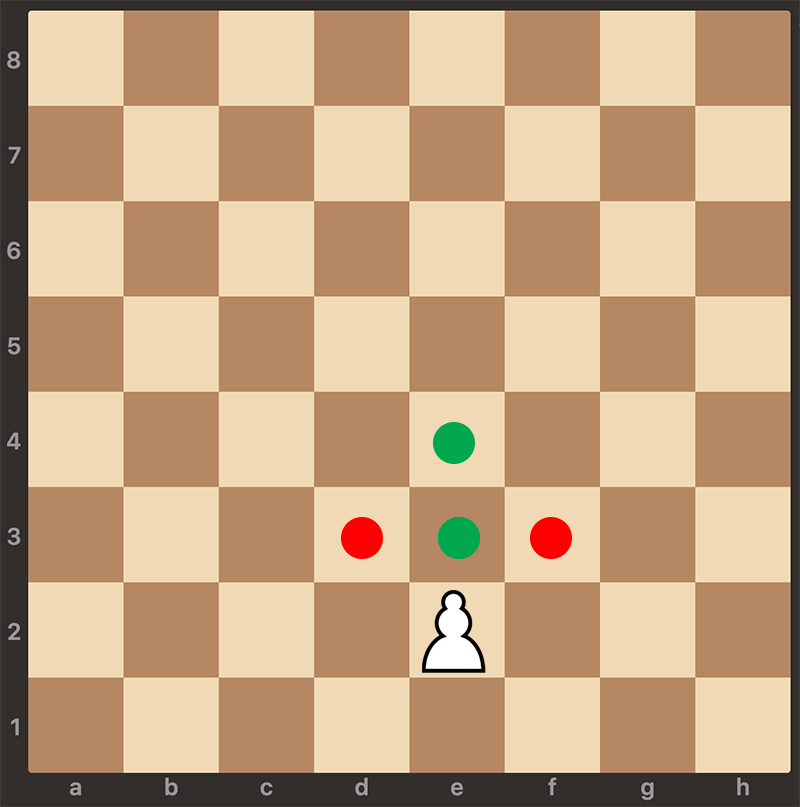
The pawn is the most numerous piece on the chessboard, with each player starting with eight of them. Pawns can move one or two squares forward from their starting position, but after that, they can only move one square forward at a time. Pawns capture diagonally, moving one square diagonally forward to take an opposing piece.
One unique feature of pawns is that they have a special move called en passant. This move allows a pawn that has just moved two squares forward to be captured by an opposing pawn that lands in the square that the pawn would have occupied had it only moved one square forward.
Knight
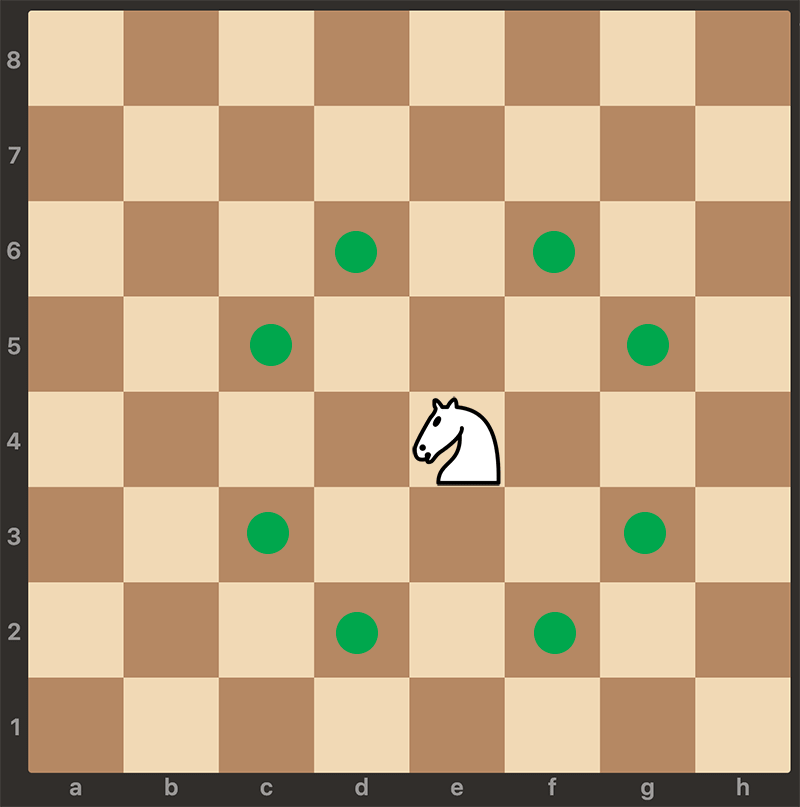
The knight is the only piece that can jump over other pieces on the board. It moves in an L-shape, two squares in any direction and then one square perpendicular to that direction. Knights are the only pieces that can capture a piece without landing on a square of their color.
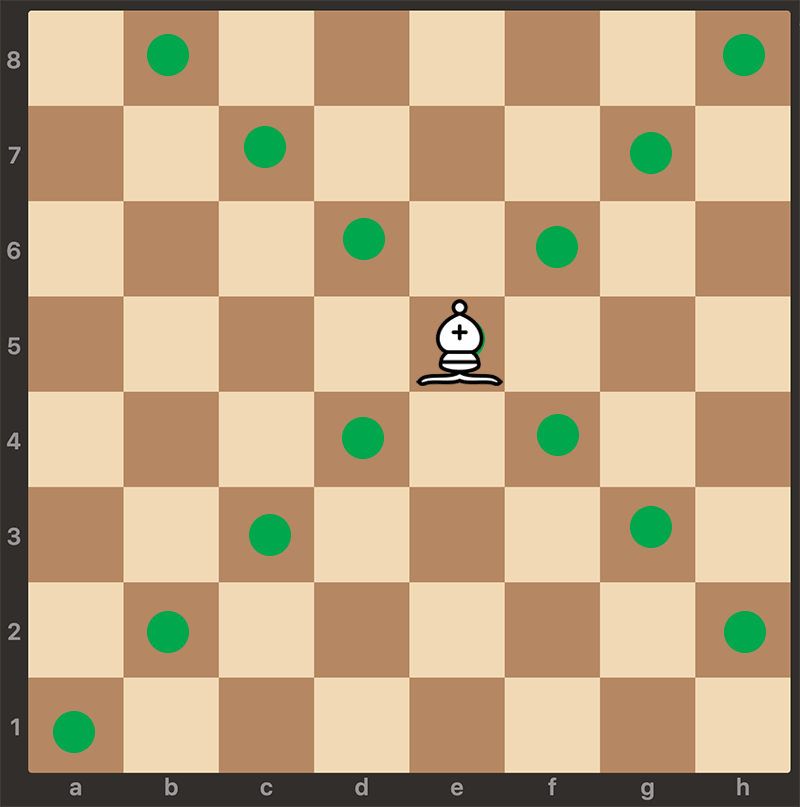
Bishop
The bishop moves diagonally along the board, but it must always stay on squares of the same color. There are two bishops on the board, one on a light square and one on a dark square. Because of this, they are often referred to as the “light-squared bishop” and the “dark-squared bishop.”
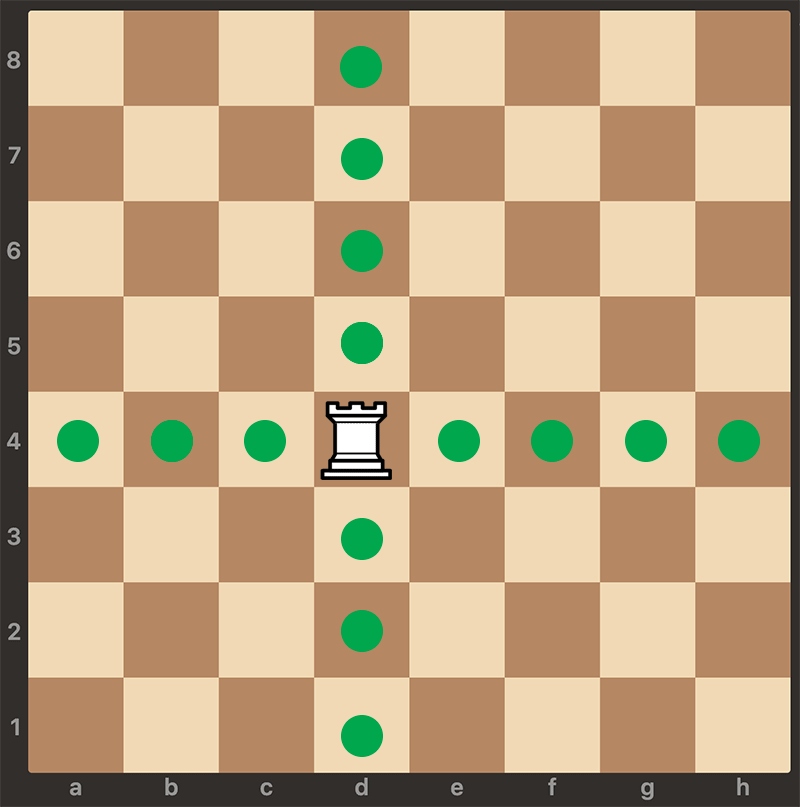
Rook
The rook moves horizontally or vertically along the board, as far as it can go in that direction, until it is blocked by another piece or reaches the edge of the board. Each player starts with two rooks, one on each side of the board.
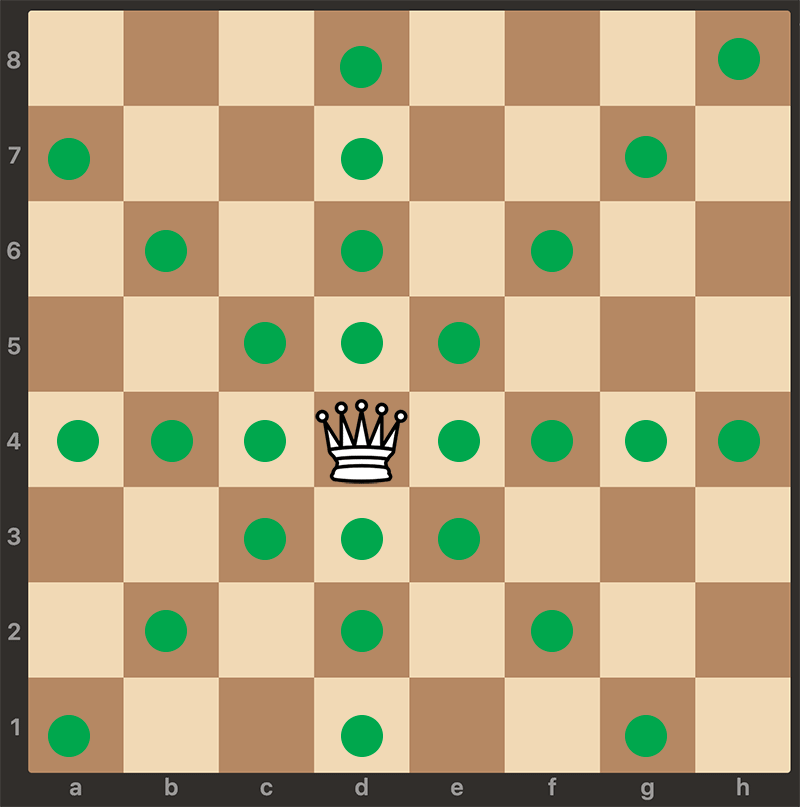
Queen
The queen is the most powerful piece on the chessboard, able to move in any direction along a straight line, diagonally or horizontally. The queen is the only piece that can move as far as it wants, as long as it is not blocked by another piece. Each player starts with one queen, which starts on a square of its own color.
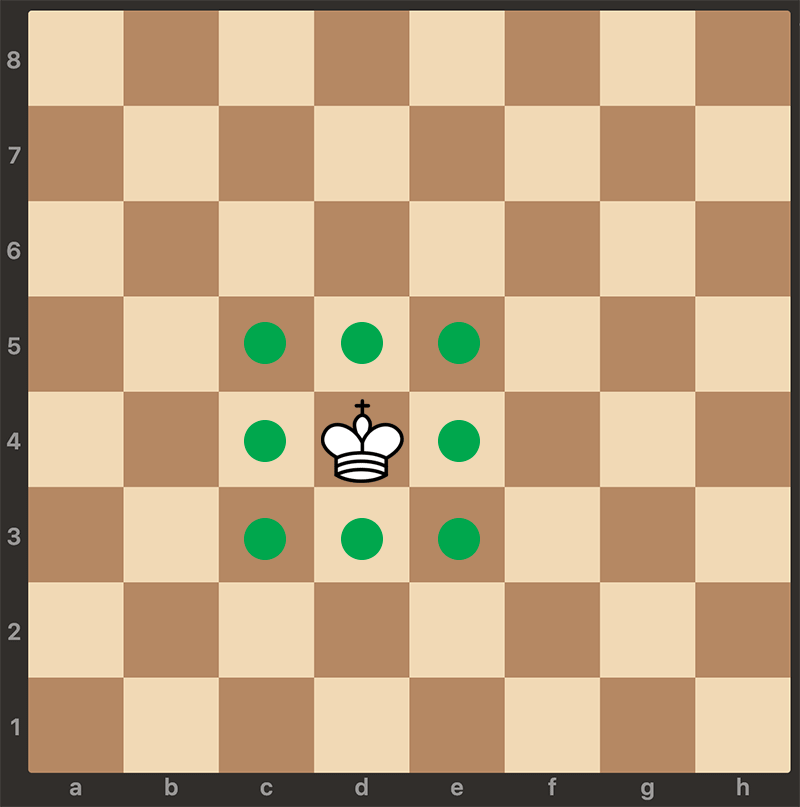
King
The king is the most important piece on the chessboard, but it is also the weakest. The king can move one square in any direction, but it cannot move into a square that is attacked by an opposing piece. If a king is threatened with capture, it is said to be in check. The goal of the game is to put the opponent’s king in a position where it cannot escape capture, which is called checkmate.
Conclusion
In this blog, we have explored the names and moves of the chess pieces. Each piece has a unique role in the game, and understanding how they move is essential to playing chess effectively. By mastering the moves of the pieces, you can take your game of the chess to the different level. We also suggest to explore our wide range of Chess Books which will benefit you to improve your game.
